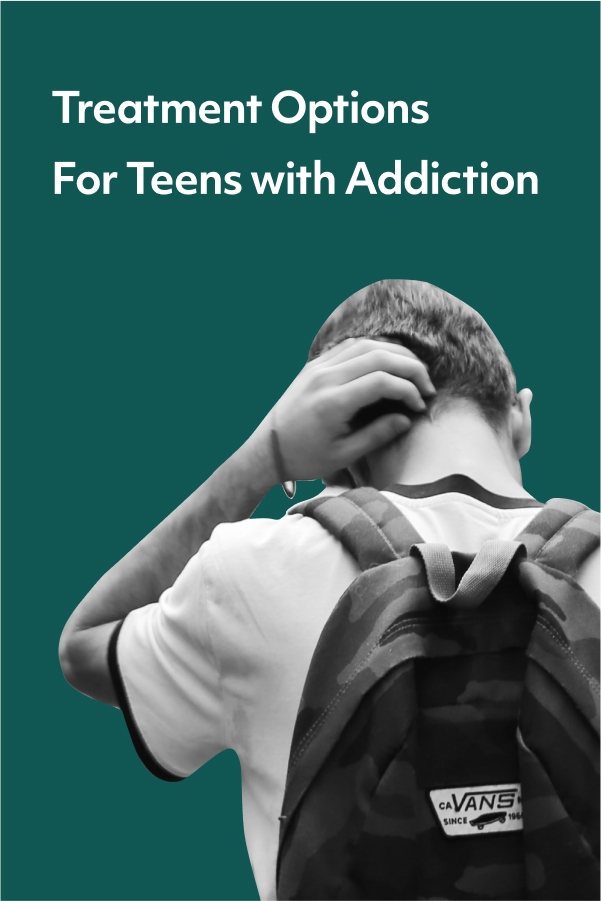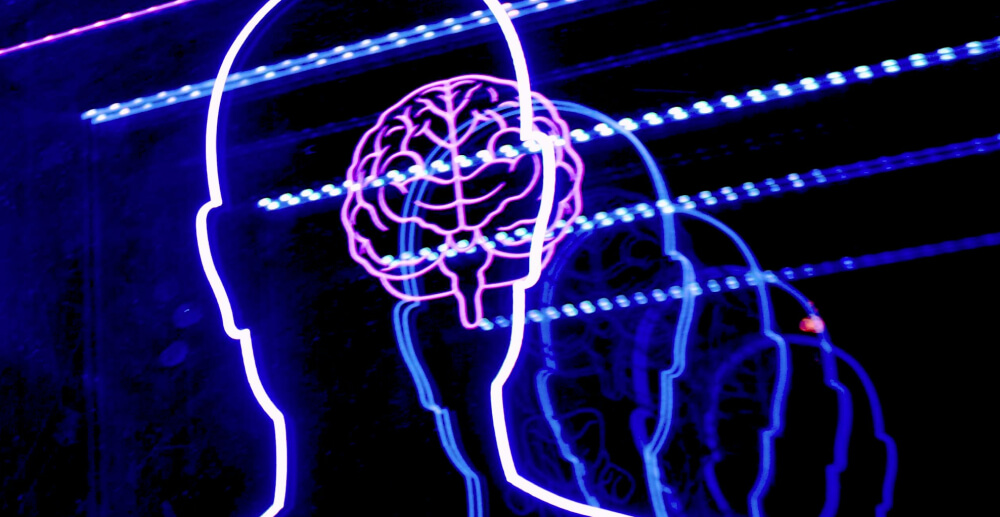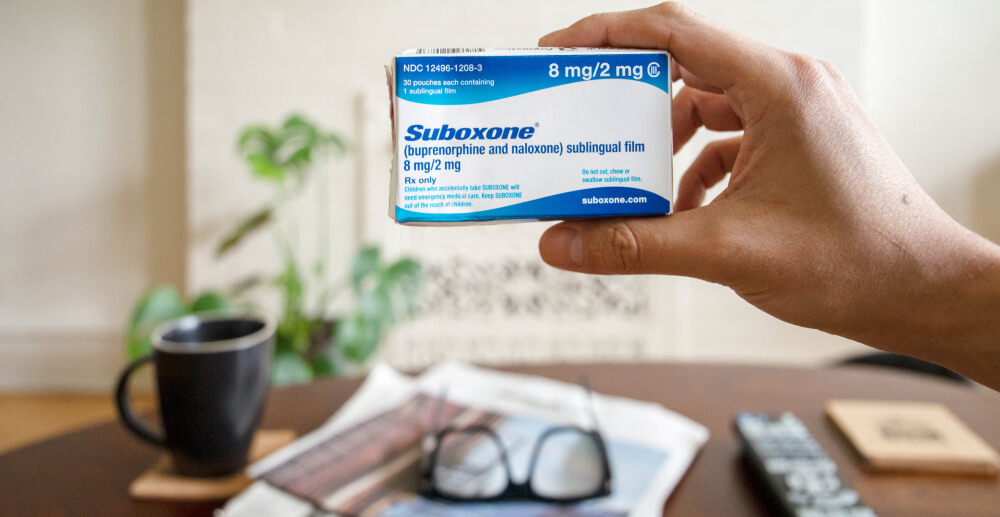Parenting a teen can be hard at the best of times, and is even more difficult when your adolescent is dealing with a substance use disorder. The multitude of options and acronyms can be overwhelming as you try to find help for them. We want to help you navigate that confusion! Here is a basic list of treatment options and therapy types, as well as a brief description of what they do.
Treatment programs
These are not therapy types in and of themselves, but are places where your teen might receive help. We’ve listed them from least rigorous/intensive to most.
- 12-step programs: 12-step programs like Alcoholics Anonymous, Narcotics Anonymous, Crystal Meth Anonymous, and Heroin Anonymous are free, spiritual (but not religious) programs where people learn more about their substance use issues and how to manage their lives from peers who share the same addictions. Within the program, the adolescent will walk through the 12-steps with a “sponsor” or mentor. This can be a way for an adolescent to meet like-minded people within their local community. Because the names can be a little confusing, note that “Alateen” is a program for teens who have a loved one (like a parent) with a substance use disorder, not for a teen dealing with their own substance use disorder.
- Office-based treatment: Some treatments—like counseling, coaching, group therapy, and medication-assisted treatment—can be administered from a provider’s office, rather than a treatment center. Although the name “office-based” implies a physical location, this umbrella also covers telehealth appointments that happen online or over the phone. Office-based treatment can be a good option for a teen who needs flexibility in their treatment plan and who doesn’t need intensive supervision.
- Intensive Outpatient Program (IOP): In an Intensive Outpatient Program, a person attends sessions 3-5 times a week for 3-6 hours at a time, depending on the program. It’s called “intensive” because it’s a significant commitment of time and energy. During IOP sessions, the attendees take part in multiple therapeutic activities in group and individual settings. The concentrated time together can give teens a sense of community as they connect as a group. They also learn life skills and coping strategies to help them throughout their recovery journey.
- Residential Treatment: Residential or inpatient treatment is what most of us call “rehab.” In residential treatment, the teen would live in a facility to receive 24-hour care and supervision. Sometimes this includes medication, but not always, and the kinds of therapy available vary a great deal. Residential treatment is considered more serious than an IOP. The length of time that an adolescent would stay would depend on the facility (and often on what insurance will cover).
There can be overlap in these programs. A person might transition from residential treatment to IOP to office-based treatment, for example. And both IOPs and residential treatment programs often encourage or even require participation in 12-step programs.
Types of therapy
There are so many kinds of therapy and counseling available that we cannot list them all. These are some of the common and popular therapeutic options for substance use treatment. Therapy is most effective when the participant is fully engaged, so include your teen in the decision about which type of therapy to seek out.
- Cognitive Behavioral Therapy (CBT): Cognitive Behavioral Therapy is a form of therapy with strong evidence backing. It helps an adolescent interrogate their own beliefs and behaviors, determine if these are rational or irrational, and develop coping strategies for their problems. CBT is very widely used.
- Contingency Management (CM): Contingency management is an effective model for adolescents. It’s an evidence-based practice that involves using variable rewards for the behavior that is being encouraged. For example, if a teen needs to be drug tested regularly, they might pull a prize from a fishbowl every time they test negative. The prizes may be a mix of little toys, gift cards for treats, encouraging notes, and cash. These rewards provide encouragement and dopamine, natural feel-good chemicals in the brain.
- Dialectical Behavioral Therapy (DBT): In Dialectical Behavioral Therapy, a therapist validates their client’s feelings and experiences but helps them recognize when those feelings and behaviors aren’t serving them, so they can find healthier alternatives. This type of therapy can help a teen practice emotional regulation.
- Eye Movement Desensitization and Reprocessing Therapy (EMDR): EMDR is a therapy that helps people work through post-traumatic stress disorder (PTSD), depression, anxiety, and panic disorders. It can help teens walk through past trauma and heal their brain in the process. The care provider will have the adolescent talk about their past experiences and complete different eye movements at the same time. This helps the brain process traumatic memories.
- Family Behavior Therapy (FBT): Family Behavior Therapy helps people deal with common family issues. This can be done by the teen alone or in a group setting with their family. Topics discussed can range from conduct issues, conflict within the family, family dynamics, depression, and financial impacts on the adolescent.
- Motivational Interviewing (MI): Motivational Interviewing is a helpful tool for adolescents dealing with substance use, especially if they’re not sure about getting into recovery. MI is a collaborative approach that gives the teen control in the session as they drive the conversation about how they feel about their current situation and what they want or don’t want to do about it. The care provider’s role is to draw out the adolescent’s motivation using positive affirmations, active listening, and open-ended questions
- Medication-Assisted Treatment (MAT): Medication-assisted treatment programs incorporate FDA-approved medication to help reduce cravings and treat substance use disorder. The medications prescribed for opioid use disorder are buprenorphine (some brand names are Suboxone, Subutex, Zubsolv), methadone, and naltrexone (brand names ReVia, Depade, and Vivitrol). Most MAT programs include a behavioral health component like individual or group therapy. It may be difficult to find doctors who are comfortable prescribing MAT to teens, so consider calling the office before the appointment to gauge their willingness.
No matter which type of therapy you choose, the practitioners can vary quite a bit. Look at reviews and talk to your provider before you commit, and check in with your teen regularly to get their feedback about how it is going.
As you help your teen find the right treatment for them, remember to take care of yourself, as well. Click here to see a list of resources for the loved ones of people with substance use disorder, including information on our own Friends and Families program.









